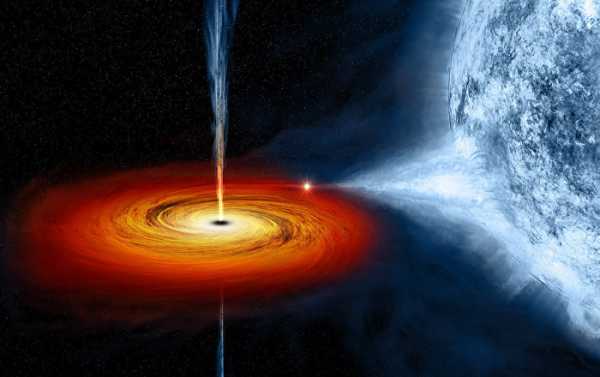
Outer space, however mysterious and poorly studied it appears, has presumably disclosed a secret that may render it possible to research distant energy hotbeds from a completely new perspective.
According to a report in the journal Science, an international team of researchers has captured a ghost-like subatomic particle on Earth, “locked” in a gigantic ice cube at the South Pole – a discovery that may be equal in importance to that of a sixth sense.
Astronomer Greg Sivakoff from the University of Alberta, Canada, noted, as cited by The Canadian Press, that tracing a single cosmic neutrino to a black hole a whopping four billion lightyears away will empower scientists significantly, celebrating a brand-new way to uncover the universe’s most long-standing secrets. He added that developing a sixth sense is a similar experience.
The black hole in question is at the center of a completely different galaxy, a blazar, and proving with certainty that the hole is the source of the neutrino is “a triumph,” The Sun cited Professor Paul O’Brien, a member of the international team of astronomers from the University of Leicester, as saying.
Astronomers first set up their giant neutrino trap, dubbed “IceCube,” seven years ago around a massive ice cube sunk deep beneath the South Pole.
Then, on September 22 last year, researchers managed to detect a neutrino’s presence in the chilly “IceCube” trap. “Ghost particles” essentially arrive in the millions, but until recently it’s been challenging to track and capture the elusive neutrinos given the astonishing speed that they move at and the incredible ease with which they go through matter.
A total of 81 flashes were registered through the IceCube before the source was traced, as a telescope orbiting Earth picked up a burst of radiation originating in the same direction as the neutrino. According to researchers, however, the link between the neutrino and the blazar isn’t “rock solid,” but apparently much-coveted:
“It’s a very mouthwatering observation and I very much hope it will be confirmed,” Pierre Sokolsky of the University of Utah in Salt Lake City noted to Science.
“If their interpretation of those observations is correct it will be revolutionary, extraordinary,” says Eli Waxman of the Weizmann Institute of Science in Rehovot, Israel.
Sourse: sputniknews.com






